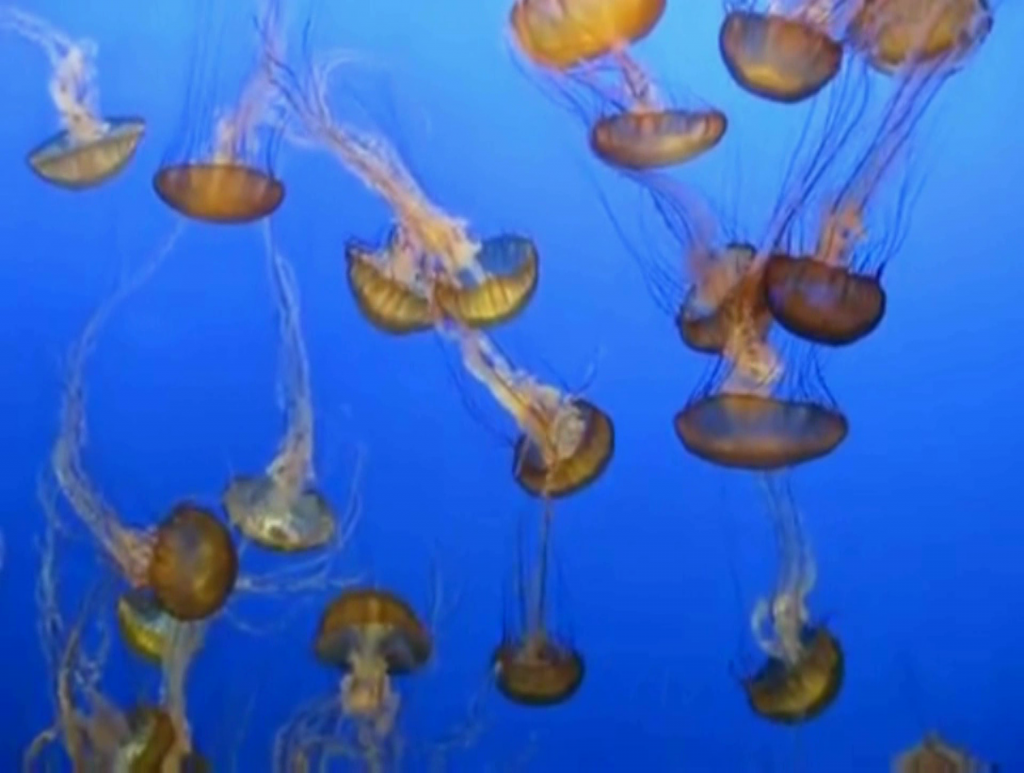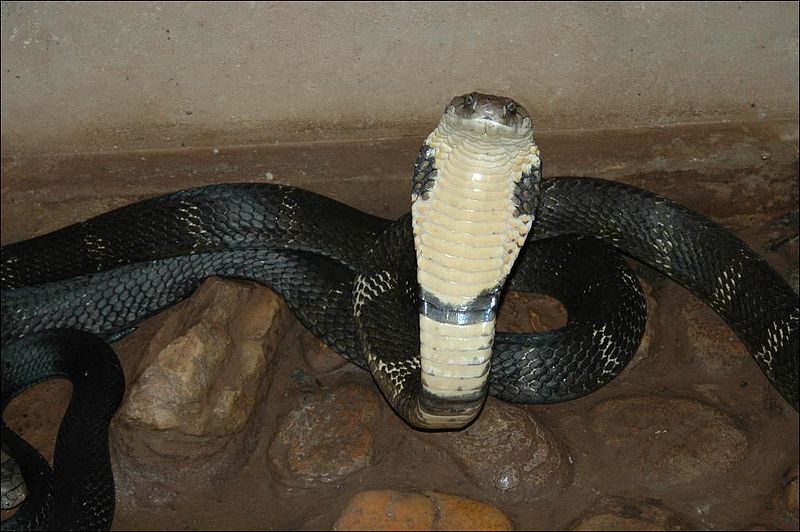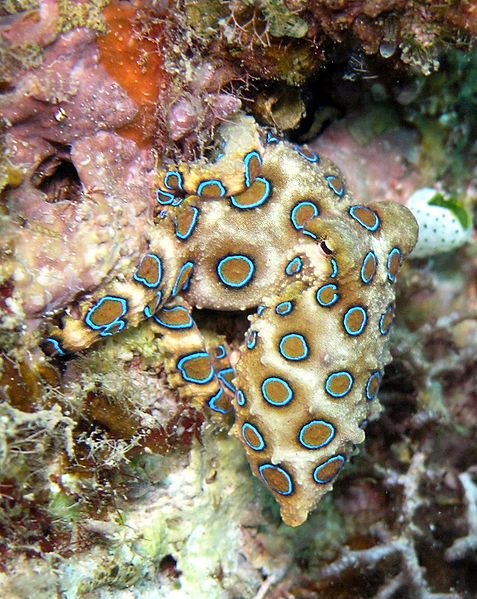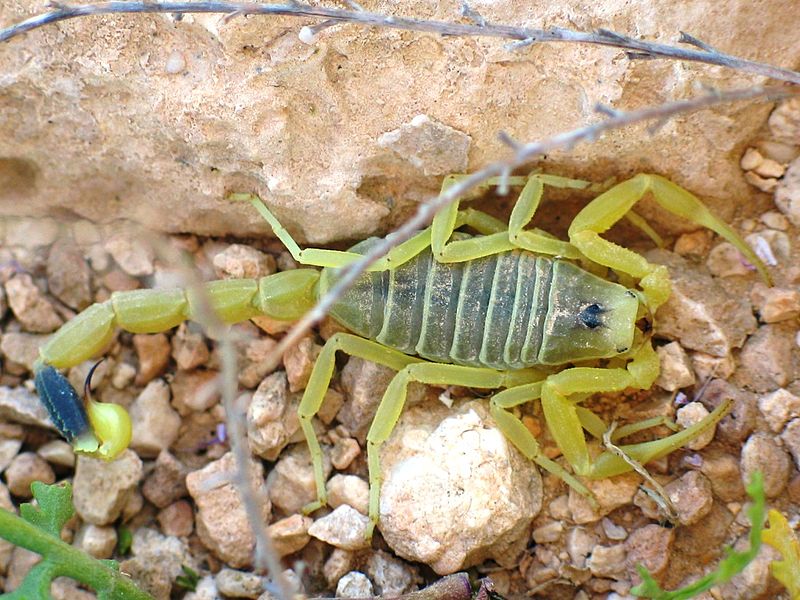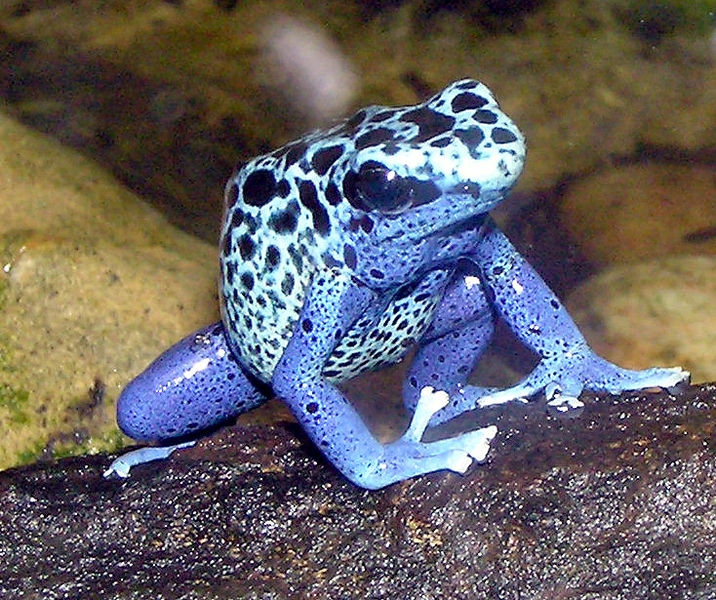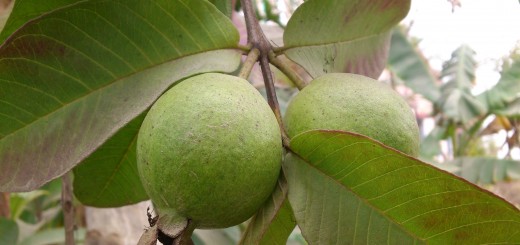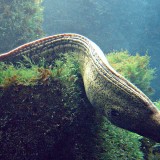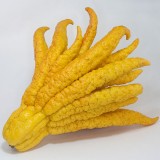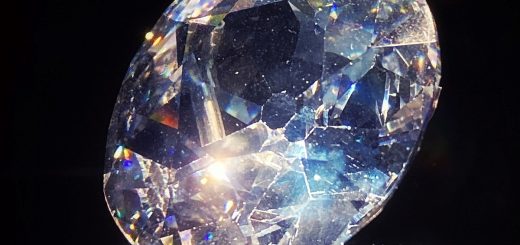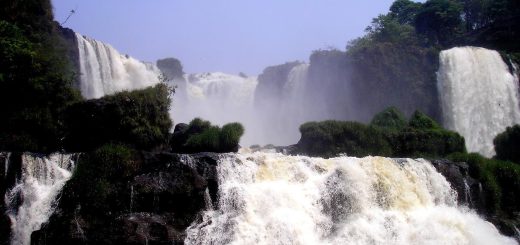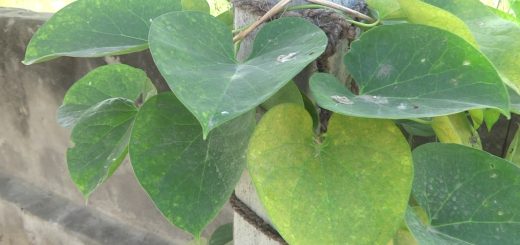Top 10 Most Venomous Deadly Creatures On The Earth
1) Box Jellyfish
Box jellyfish produce extremely potent venom: Chironex fleckeri, Carukia barnesi and Malo kingi. Stings from these and a few other species in the class are extremely painful and can be fatal to humans.
Although the box jellyfish has been called “the world’s most venomous creature”, only a few species in the class have been confirmed to be involved in human deaths, and some species pose no serious threat at all. For example, the sting of Chiropsella bart only results in short-lived itching and mild pain.
In Australia, fatalities are most often perpetrated by the largest species of this class of jellyfish, Chironex fleckeri. Angel Yanagihara of the University of Hawaii’s Department of Tropical Medicine found the venom causes cells to become porous enough to allow potassium leakage, causing hyperkalemia, which can lead to cardiovascular collapse and death as quickly as within 2 to 5 minutes. She postulated that a zinc compound may be developed as an antidote.
2) King Cobra
King Cobra is the world’s longest venomous snake, with a length up to 18.5 to 18.8 ft. The king cobra is considered to be a dangerous snake and has a fearsome reputation in its range, although it typically avoids confrontation with humans if possible.
The venom of the king cobra consists primarily of neurotoxins, known as the haditoxin, with several other compounds. Its murine LD50 toxicity varies from intravenous 1.31 mg/kg and intraperitoneal 1.644 mg/kg to subcutaneous 1.7—1.93 mg/kg.
This species is capable of delivering a fatal bite and the victim may receive a large quantity of venom with a dose anywhere from 200 to 500 mg or even up to 7 ml. Engelmann and Obst (1981) list the average venom yield at 420 mg (dry weight). Accordingly, large quantities of antivenom may be needed to reverse the progression of symptoms developed if bitten by a king cobra. The toxins affect the victim’s central nervous system, resulting in severe pain, blurred vision, vertigo, drowsiness, and eventually paralysis. If the envenomation is serious, it progresses to cardiovascular collapse, and the victim falls into a coma. Death soon follows due to respiratory failure. Moreover, envenomation from king cobras is clinically known to cause renal failure as observed from some snakebite precedents of this species though it is uncommon. Bites from a king cobra may result in a rapid fatality which can be as early as 30 minutes after the envenomation. The king cobra’s envenomation was even recorded to be capable of killing elephants within hours.
3) Marbled Cone Snail
The venom of cone snails contains hundreds of different compounds, and its exact composition varies widely from one species of cone snail to another. The toxins in these various venoms are called conotoxins. These are various peptides, each targeting a specific nerve channel or receptor. Some cone snail venoms also contain a pain-reducing toxin, which the snail uses to pacify the victim before immobilising and then killing it.
Cone snails use a radula tooth as a harpoon-like structure for predation. Each of these harpoons is a modified tooth, primarily made of chitin and formed inside the mouth of the snail, in a structure known as the radula. Each specialized cone snail tooth is stored in the radula sac, except the tooth that is currently ready to be used.
4) Blue-Ringed Octopus
Blue-ringed octopuses are the world’s most dangerous marine animals. They can be recognized by their characteristic blue and black rings and yellowish skin. When the octopus is agitated, the brown patches darken dramatically, and iridescent blue rings or clumps of rings appear and pulsate within the maculae.
5) Stone Fish
Stonefish is the most venomous fish currently known in the world.They are found in the coastal regions of the Indo-Pacific.
Stonefishes have potent neurotoxins secreted from glands at the base of their needle-like dorsal fin spines which stick up when disturbed or threatened. Stonefish stings are both potentially lethal and extremely painful. The two most recommended treatments include the application of heat to the affected area and antivenom.
Most stonefish stings occur as a result of stepping on the creature while it is less common for the fish to sting when it is picked up. Stonefish stings can occur on the beach, not just in the water, with stonefish being able to stay out of the water for up to 24 hours. They often cannot be easily seen as they look similar to rocks or coral. Stonefish antivenom is the second-most administered in Australia.
6) Death Stalker Scorpion
The deathstalker is regarded as the most dangerous species of scorpion. Its venom is a powerful mixture of neurotoxins, with a low lethal dose. While a sting from this scorpion is extraordinarily painful, it normally would not kill a healthy adult human. However, young children, the elderly, or infirmed (such as those with a heart condition and those who are allergic) would be at a much greater risk. Any envenomation runs the risk of anaphylaxis, a potentially life-threatening allergic reaction to the venom.
A study from Israel shows a high rate of pancreatitis following envenomation. If a sting from Leiurus quinquestriatus does prove deadly, the cause of death is usually pulmonary edema. The German pharmaceutical company Twyford and the French pharmaceutical company Sanofi Pasteur both make an antivenom intended for the treatment of deathstalker envenomations; additionally, the Antivenom and Vaccine Production Center in Riyadh also produces an antivenom. However, even with antivenom treatment, envenomation by the deathstalker is considered a medical emergency as its venom is unusually resistant to treatment and typically requires large doses of antivenom.
7) Inland Taipan
The inland taipan is considered the most venomous snake in the world; based on the median lethal dose value in mice, its venom, drop for drop, is by far the most toxic of any snake – much more so than even sea snakes – and it has the most toxic venom of any reptile when tested on human heart cell culture. Unlike most snakes, the inland taipan is a specialist mammal hunter so its venom is specially adapted to kill warm-blooded species. It is estimated that one bite possesses enough lethality to kill at least 100 full grown men, and, depending on the nature of the bite, it has the potential to kill someone in as little as 30 to 45 minutes if left untreated. It is an extremely fast and agile snake which can strike instantly with extreme accuracy, often striking multiple times in the same attack, and it envenoms in almost every case.
8) Brazilian Wandering Spider
The Brazilian wandering spiders appear in Guinness World Records from 2010 as the world’s most venomous spider. Guinness World Records states that although the Brazilian wandering spider venom is the most toxic, an effective antivenom is available and few fatalities occur.
Wandering spiders are so-called because they wander the jungle floor at night, rather than residing in a lair or maintaining a web. During the day they hide inside termite mounds, under fallen logs and rocks, and in banana plants and bromeliads.
Its venom contains a potent neurotoxin, known as PhTx3, which acts as a broad-spectrum calcium channel blocker that inhibits glutamate release, calcium uptake and also glutamate uptake in neural synapses. At deadly concentrations, this neurotoxin causes loss of muscle control and breathing problems, resulting in paralysis and eventual asphyxiation. In addition, the venom causes intense pain and inflammation following a bite due to an excitatory effect the venom has on the serotonin 5-HT4 receptors of sensory nerves. This sensory nerve stimulation causes a release of neuropeptides such as substance P which triggers inflammation and pain.
Aside from causing intense pain, the venom of the spider can also cause priapism in humans. Erections resulting from the bite are uncomfortable, can last for many hours and can lead to impotence. A component of the venom (Tx2-6) is being studied for use in erectile dysfunction treatments.
9) Poison dart frog
Poison dart frogs are brightly colored, displaying aposematic patterns to warn potential predators. Their bright coloration is associated with their toxicity and levels of alkaloids.
Many poison dart frogs secrete lipophilic alkaloid toxins through their skin. Alkaloids in the skin glands of poison frogs serve as a chemical defense against predation, and they are therefore able to be active alongside potential predators during the day. About 28 structural classes of alkaloids are known in poison frogs. The most toxic of poison dart frog species is Phyllobates terribilis. It is argued that dart frogs do not synthesize their poisons, but sequester the chemicals from arthropod prey items, such as ants, centipedes and mites – the diet-toxicity hypothesis. Because of this, captive-bred animals do not possess significant levels of toxins as they are reared on diets that do not contain the alkaloids sequestered by wild populations.
10) Puffer Fish
Pufferfish are generally believed to be the second-most poisonous vertebrates in the world, after the golden poison frog. Certain internal organs, such as liver, and sometimes the skin, contain tetrodotoxin and are highly toxic to most animals when eaten; nevertheless, the meat of some species is considered a delicacy in Japan and China when prepared by specially trained chefs who know which part is safe to eat and in what quantity.
Pufferfish can be lethal if not served properly. Puffer poisoning usually results from consumption of incorrectly prepared puffer soup, fugu chiri, or occasionally from raw puffer meat, sashimi fugu. While chiri is much more likely to cause death, sashimi fugu often causes intoxication, light-headedness, and numbness of the lips, and is often eaten for this reason. Pufferfish tetrodotoxin deadens the tongue and lips, and induces dizziness and vomiting, followed by numbness and prickling over the body, rapid heart rate, decreased blood pressure, and muscle paralysis. The toxin paralyzes diaphragm muscles and stops the person who has ingested it from breathing. People who live longer than 24 hours typically survive, although possibly after a coma lasting several days.
The source of tetrodotoxin in puffers has been a matter of debate, but it is increasingly accepted that bacteria in the fish’s intestinal tract are the source.
